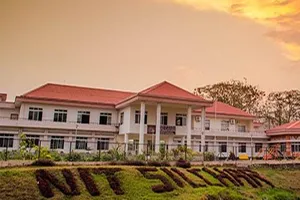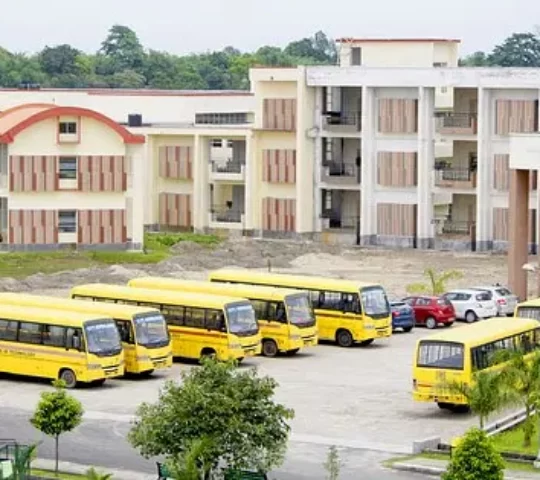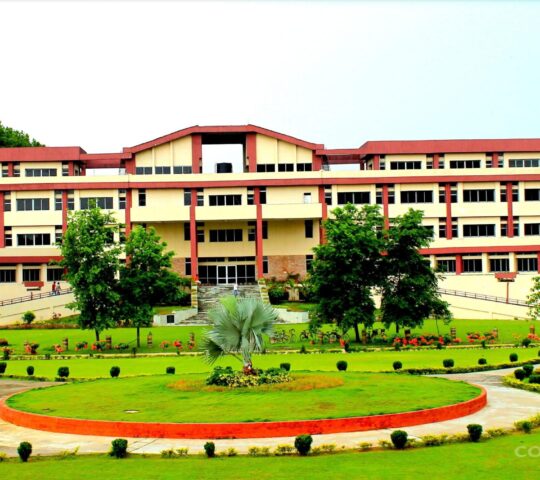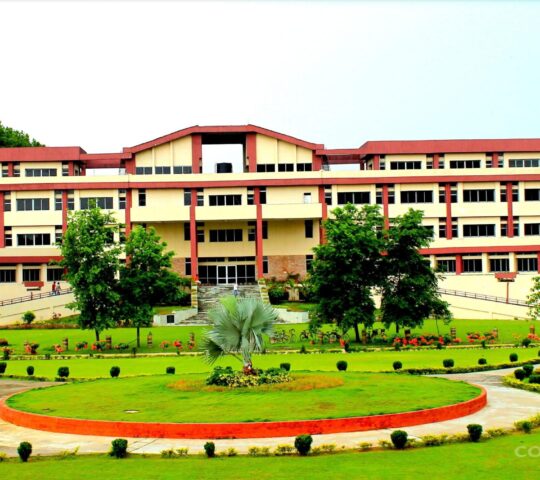Hightlight
-
 Auditorium
Auditorium
-
 Cafeteria
Cafeteria
-
 Computer Center
Computer Center
-
 Health Center
Health Center
NIT Silchar Overview
The National Institute of Technology (NIT) Silchar is a government engineering institute. It was formed in 1967 as a Regional Engineering College, and in 2002, it was granted the status of NIT.
The vision of the institute is to establish a unique identity by developing high-quality human and knowledge resources in the field of technology.
The mission of NIT Silchar is to train young individuals and transform them into responsible engineers, scientists, and technologists and inspire them to work towards the betterment of society.
The National Institute of Technology Silchar ranked 38th in the engineering category in the NIRF 2021 Ranking. In the NIRF Rankings of 2021, the institute was ranked 93rd in the overall category.
NIT Silchar offers several undergraduate, postgraduate, and doctoral programs in various specialisations. Moreover, moving ahead, the institution holds 825 UG students and 308 PG students.
There are a total of 11 departments – six engineering courses; physics, mathematics, chemistry, humanities, social sciences, and management studies.
Each of these departments has a dedicated list of faculties. Each department undertakes several projects.
The faculty members are involved in research in different areas of their subjects, which is funded partly by the institute and mostly by the funding agencies.
The campus has been built over 625 acres of land, thereby making the institution pretty spacious and extravagant for the students, staff, and faculty members in order to offer the best in world-class facilitation amenities during their course of stay within the management institution.
The National Institute of Technology Silchar (NIT Silchar or NITS) is one of India’s 31 NITs, founded in 1967 as a Regional Engineering College in Silchar.
In 2002, it was upgraded to the status of National Institute of Technology and was declared an Institute of National Importance under the National Institutes of Technology Act, 2007.
NIT Silchar highlights
| Ranked in NIRF | 38 |
| UG Median Salary | 7.5L |
| Ownership | Government |
| Genders Accepted | Co-Ed |
| Estd. Year: | 1967 |
| Campus Size: | 540 |
| Total Faculty: | 210 |
| Total Approved Intake | 1133 |
NIT Silchar Placement and Salary Trends
| 7.5L | 559 | 44L |
| UG Median Salary | Total Offers | Max Package |
Contact
FAQ's
Where is NIT Silchar located?
NIT Silchar is located in Silchar, Assam, India.
What courses does NIT Silchar offer?
NIT Silchar offers undergraduate (B.Tech), postgraduate (M.Tech, M.Sc., MBA), and doctoral (Ph.D.) programs in various fields including engineering, science, and management. It offers specializations in branches such as Civil Engineering, Computer Science and Engineering, Electrical Engineering, Mechanical Engineering, Electronics and Communication Engineering, and more.
How is the admission process at NIT Silchar?
Admissions to undergraduate programs (B.Tech) at NIT Silchar are primarily through the Joint Entrance Examination (JEE) Main conducted by the National Testing Agency (NTA). The admissions process for postgraduate programs (M.Tech, M.Sc., MBA) typically involves entrance examinations like GATE, JAM, and CAT, respectively. The Ph.D. admissions process usually includes a written test and interview.
What is the infrastructure like at NIT Silchar?
NIT Silchar has a well-developed infrastructure. The campus consists of academic buildings, hostels, a central library, auditoriums, sports facilities, a health center, a bank, shopping centers, and other student amenities. The institute has modern classrooms, well-equipped laboratories, research centers, and a strong computer network infrastructure.
How is the faculty at NIT Silchar?
NIT Silchar has a highly qualified and experienced faculty across various departments. The faculty members are dedicated to teaching, research, and industry collaborations. They actively engage in research projects, publish papers in reputed journals, and participate in national and international conferences. The institute also invites guest lecturers from industry and academia.




